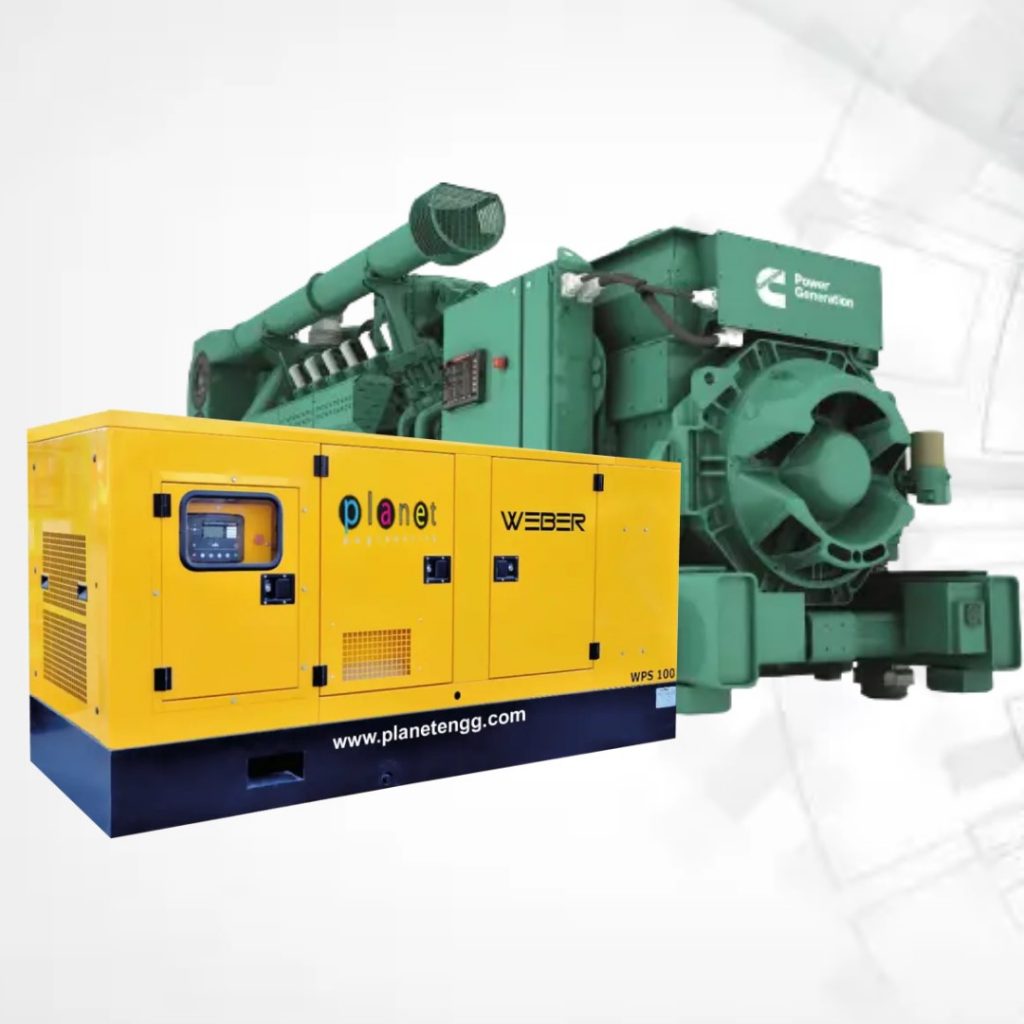What type of tank will best suit your demands should be one of your first priorities when selecting a generator diesel tank. When selecting a tank type, be sure to take into account your budget and available space. Three of the most typical styles of fuel tanks for generators are listed below:
TYPE OF TANK
Above-ground storage tanks: It is visible to see above-ground fuel tanks because they are located above the ground. Due to the possibility of fire and spills, such tanks are usually installed away from facilities. The tanks should be protected from the weather with shields such as sheds since they are exposed.
Sub-base tanks: It is common to use these tanks to store fuel up to a capacity of 1,000 gallons. The generator is usually mounted on top of a sub-base tank, which sits above ground and below the base of the generator. Sub-base tanks are normally double-walled to prevent leaks and can be customized according to capacity requirements. It may be necessary to protect these tanks from the elements since they are above ground.
Underground storage tanks: The underground storage tanks are built in a concrete cavity. Typically, these tanks have a longer life span since they are protected from the outside environment. Underground fuel tanks are expensive, but they’re beneficial since leaks and spills are contained to a smaller area, which helps eliminate risks.
FUEL TANK RUN-TIME
Depending on the fuel tank capacity, the length of time it takes for the generator to run at full capacity is called the fuel tank run-time. It’s crucial to take size into consideration while choosing the proper tank since tank size will affect tank run-time. Although it helps you plan for the worst-case situation, keep in mind that most generators won’t operate at full capacity most of the time, so the fuel should last longer than the projected run-time.
TANK HEIGHT
The height of generator fuel tanks can vary considerably, which has an impact on how well you have access to the control panel. For instance, a shorter tank’s control panel may be at or below eye level, whereas a taller tank’s panel might be higher. A ladder or fixed platform may be needed for better access, use, and maintenance on taller tanks.
FUEL TYPE
Diesel fuel is available in two grades: #1 and #2. Your location’s climate will have the most impact on the fuel quality you utilize in your generator tank. After some time, especially in colder areas, diesel fuel in a standby tank will start to gel. Due to its greater resistance to gelling, Grade #1 diesel is perfect for colder locations. Grade #2 diesel is recommended when gelling is less of an issue since it has a greater energy output. Depending on the local weather, you’ll frequently encounter a combination of the two.
WHAT SIZE FUEL TANK SHOULD BE USED FOR A GENERATOR?
The size of the fuel tank required by your generator should be carefully considered. Your tank cannot be entirely topped off due to the considerable danger of leakage and overflow since fuel expands. Only around 80% of a tank’s capacity may be used, depending on the shape of the tank, and it shouldn’t be fully emptied during operation. Due to these restrictions, proper size is essential to guaranteeing you have adequate fuel to operate the generator.
You must know the fuel consumption rate of the generator and the expected runtime in order to determine the required fuel capacity. You may calculate the necessary generator gallon capacity by multiplying these two figures. Let’s take the scenario where your generator uses 400 liters of fuel per hour and has to operate for at least 48 hours. You may calculate that you would require at least 19,200 liters of fuel by multiplying 400 liters each hour by 48 hours.
You should size up so that you can hold more than 19,000 liters of diesel fuel in your tank while also taking into mind the useful capacity. In this situation, you should probably consider tanks with a capacity more than 20,000 liters.
The specification sheet for your particular generator should always be consulted in order to determine the generator’s precise fuel consumption rate.








